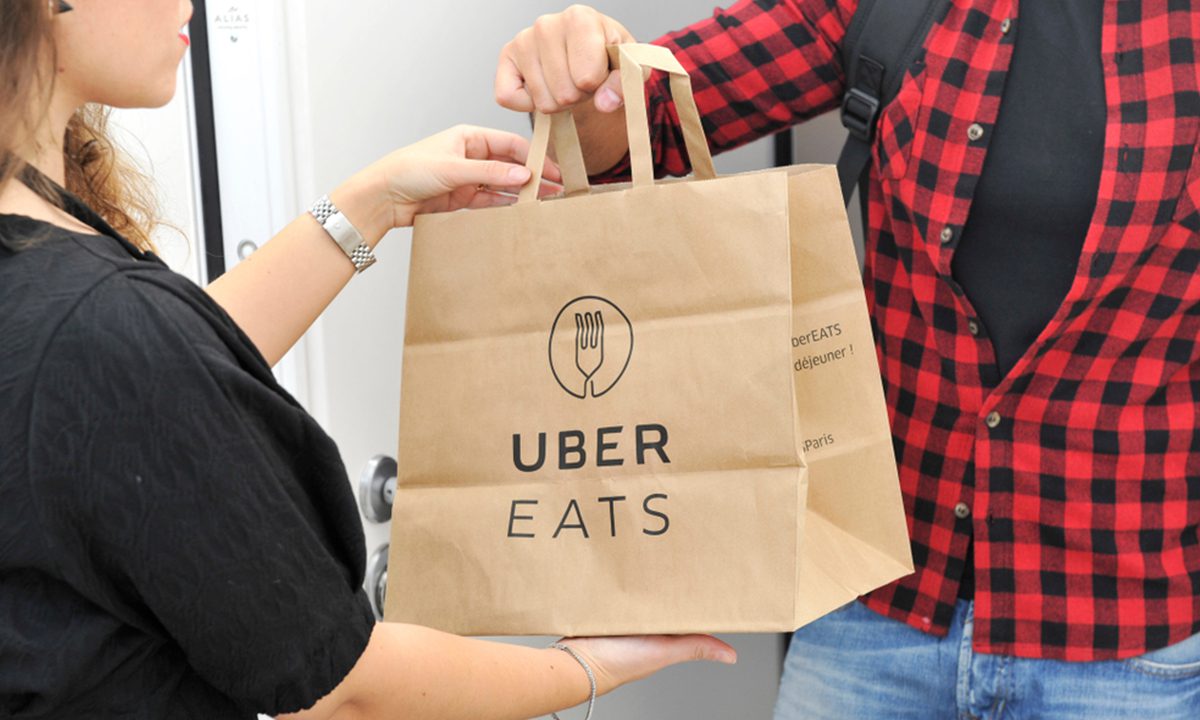
As restaurant aggregators look to drive more value from their driver networks and outperform competitors, many are turning to grocery delivery to give them that edge.
Uber, for its part, announced Thursday (July 21) a “new grocery experience” including new capabilities for consumers and merchants. One key change includes adding the option for consumers to order groceries outside of store hours in an effort to make it easier for consumers to integrate online grocery shopping into their daily routines.
“My experience over the past few years has started to make me … ask why it is that, in the past, the paradigms we’re stuck with in terms of being able to for example, shop for groceries, always involve a constraint instead of a possibility,” Therese Lim, senior director of new verticals and grocery product at Uber, said on a Zoom presentation.
She explained that consumers can now place their orders outside of store hours, and their food will be delivered at the next available window or, should the customer so choose, at a later time.
The company also announced a range of features for merchants, including “improved product catalogs, much more efficient real-time inventory management, and a much stronger support function for all kinds of issues that arise,” as Oskar Hjertonsson, founder and CEO at Cornershop by Uber, explained.
The focus of these updates remains on delivery, despite economic headwinds putting new pressure on the channel. However, the company is “actively looking at all types of opportunities…for future potential launches” of pickup features, “recogniz[ing] the compelling need there.”
Across the industry, restaurant aggregators are looking to grow their grocery delivery capabilities. DoorDash said in June it had inked an exclusive arrangement with Canadian grocery chain Loblaws, under which the delivery company will build warehouses to facilitate 30 minutes-or-less delivery for between 5,000 and 8,000 Loblaws’ President’s Choice products.
Related news: DoorDash Inks Deal With Grocery Chain to Boost Delivery
Similarly, Grubhub has been expanding its grocery and convenience offerings. Earlier in the year, the aggregator launched its Grubhub Goods digital convenience store, which delivers convenience items on-demand nationwide.
Read more: Grubhub Launches Grubhub Goods to Challenge DashMart, Gopuff
The eGrocery delivery market is sizable. The July edition of PYMNTS’ ConnectedEconomy™ series, “The ConnectedEconomy™ Monthly Report: The Rise of the Smart Home,” which drew from a May survey of more than 2,600 United States consumers, found that 40% of consumers had purchased groceries online for delivery in the prior month, and 16% of consumers purchased groceries for delivery every week.
Get the study: The Rise of the Smart Home
Additionally, according to data from PYMNTS’ study “Satisfaction In The Age Of eCommerce: How Trust Helps Online Merchants Build Customer Loyalty, created in collaboration with Riskified, which draws from a census-balanced survey of more than 2,100 U.S. consumers earlier this year, found that a similar share of consumers — four in 10 — reports that they view same-day delivery options as important when shopping with online grocers.
See also: Report: Merchants Risk Losing 40% of Online Retail, Grocery Customers Over Trust